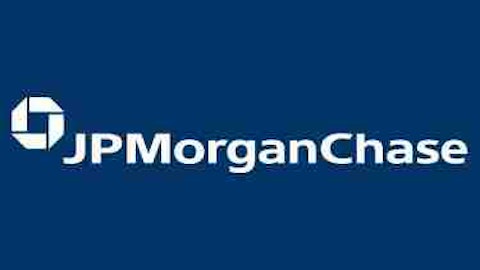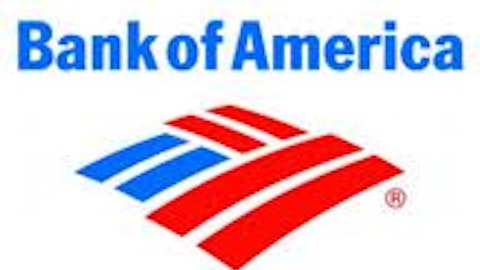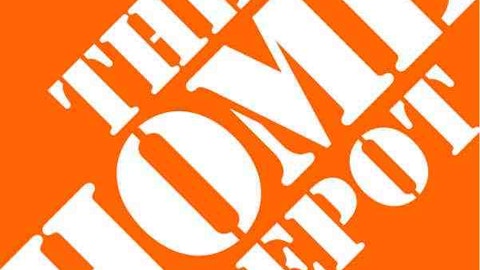Student loans are a hotly debated and contested product across the financial services industry, a key gripe of the Occupy Wall Street protestors, and the subject of much debate in Washington.
In the midst a changing industry, one bank has made a concerted effort to grow through acquisitions — and perhaps become a market leader.
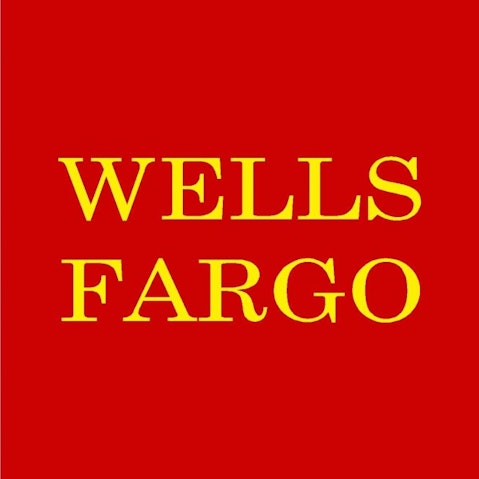
The industry
College costs at public four-year universities have risen 5.2% per year on average over the last decade, compared to just 3.2% in the prior decade, based on a report done by the College Board. Notably, those costs have risen even faster than inflation:

Source: Student Loan Data — College Board, Inflation Data: Bureau of Labor Statistics.
It should therefore come as no surprise that the student loan market ballooned in recent years, as more and more college students headed to the banks to finance their degrees. In fact, according to the most recent National Postsecondary Student Aid study from the National Center for Education Statistics, 71% of students received financial aid of some sort, and 42% of students undertook student loans.
After a stalemate in Washington D.C., the interest rates for newly issued federally guaranteed student loans doubled to 6.8% on July 1. It took presidential action earlier this month to restore them to 3.9%, as Barack Obama signed a bill linking the interest on the loans to the 10-year U.S. Treasury note. Some 18 million loans were covered by the most recent bill, and with a total outstanding value of $106 billion. That means the average undergraduate will save $1,500 on interest charges compared to the 6.8% rate.
Yet passing that bill will not end the discussion on student loans and the rising costs of education. Last week, President Obama spoke at SUNY Buffalo and stated:
“At a time when a higher education has never been more important or more expensive, too many students are facing a choice that they should never have to make. Either they say no to college, and pay the price for not getting a degree … or you do what it takes to go to college, but then you run the risk that you won’t be able to pay it off because you’ve got so much debt.”
With that, he proposed a plan to rate colleges based on their financial value, then correspondingly distribute federal aid based on their rankings. In this, he hopes to “look out for the students who these institutions exist to serve,” and ease the debt burden while also bringing down the cost of education.
The banks
Clearly, the higher education system could be facing a major overhaul within the coming years. With that in mind, let’s look at five of the biggest publicly traded lenders that participate in the student loan industry.
| Student Loan Balances ($B) | |
|---|---|
| SLM Corp (NASDAQ:SLM) | 145.6 |
| Wells Fargo & Co (NYSE:WFC) | 22.5 |
| JPMorgan Chase & Co. (NYSE:JPM) | 11.0 |
| Discover Financial Services (NYSE:DFS) | 7.9 |
| Bank of America Corp (NYSE:BAC) | 4.4 |
Source: Company Earnings Releases.
Yet those numbers alone do not give the clearest picture of how dramatically things have changed over the last three years:
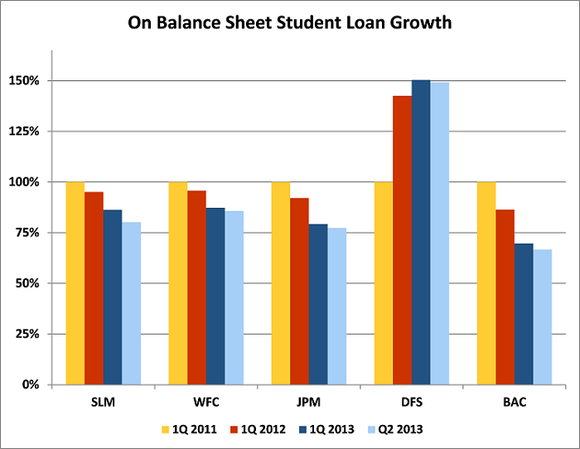
Growth relative to 1Q 2011. Source: Company Earnings Reports.
While student loans are often seen as a highly lucrative endeavor for banks, almost all of the major lenders have seen their portfolios decline dramatically since the passage of the Student Aid and Fiscal Responsibility Act in 2010, which no longer guaranteed private student loans.
Wells Fargo & Co (NYSE:WFC) now even categorizes its government-guaranteed student loans in its “Non-Strategic and Liquidating Loan Portfolios,” which has fallen 32%. However, Wells Fargo & Co (NYSE:WFC) has simultaneously seen its non-guaranteed private student loans grow by 25% over that time.
The student loan contrarian
Through its acquisitions of the Student Loan Corporation and Citi’s private student loans, Discover Financial Services (NYSE:DFS) has seen its student loan portfolio triple since 2010, and grow by more than 50% since 2011, clearly planting its flag in an industry many banks have shied away from.
Discover Financial Services (NYSE:DFS)’s emphasis on student loans is evident in its loan growth and acquisitions. But let’s see how lucrative those loans are compared with Discover’s other arms to determine whether the company is focusing on the right business:
| Q2 2013 | Q2 2012 | |||
|---|---|---|---|---|
| Business Line | Average Balance | Interest Rate | Average Balance | Interest Rate |
| Credit Card Loans | $49,002 | 11.97% | $46,484 | 12.21% |
| Private Student Loans | $7,925 | 6.52% | $7,519 | 6.49% |
| Personal Loans | $3,511 | 12.51% | $2,892 | 12.34% |
| Other Loans | $355 | 3.27% | $34 | 3.92% |
| Total Loans | $60,793 | 11.24% | $56,929 | 11.45% |
Source: Company Earnings Reports.
Student loans are the second-largest group of earning assets by both aggregate size and earnings size for Discover Financial Services (NYSE:DFS). But they charge at a much lower rate than both credit cards and personal loans. However, both student and personal loan rates have been stable compared to the credit card loan rate, which fell year over year.
The higher the interest rate charged, the riskier the investment, which you can see in the charge-off rate — the percentage of receivables the company believes it will never collect. While the charge-off rate of student loans was well below that of the credit and personal loans, it increased dramatically year over year:
| Charge-Off Rate | Q2 2013 | Q2 2012 |
|---|---|---|
| Credit Card Loans | 2.34% | 2.72% |
| Private Student Loans | 1.58% | 0.73% |
| Personal Loans | 2.24% | 2.25% |
| Total Loans | 2.27% | 2.60% |
Source: Company Earnings Reports.
While the CFO of Discover, Mark Graf, said on the most recent earnings call that this increase was “in line with expectations” and attributable to “both seasonality as well as a larger portion of the portfolio entering repayment,” it is an alarming trend. He later stated, “It’s our clear expectation you’ll see that come back down again meaningfully next quarter.”
Discover Financial Services (NYSE:DFS) has clearly made a concerted effort to expand into the private student loan industry, and investors will need to closely monitor these trends in the coming quarters to ensure that spike in charge-off rates falls as expected. If the charge-off rates rise while the rates earned on the student loans remain flat, investors should proceed with caution. However if the charge-off rates fall as expected, the student loan portfolio of Discover should not give potential investors pause.
As it relates to the industry as a whole, investors need to closely watch the dynamics in Washington and beyond to see whether there will be further efforts to make the U.S. government the lender of choice for student loans. If that happens, then Discover Financial Services (NYSE:DFS) and Wells Fargo & Co (NYSE:WFC)’s efforts to expand into the private lending space could be for naught.
The expansion of student debt isn’t the only worrisome recent trend. The U.S. government has piled on more than $10 trillion of new debt since 2000. Annual deficits topped $1 trillion after the financial crisis. Millions of Americans have asked: What the heck is going on?
The article 1 Company Charging Into the Student Loan Business originally appeared on Fool.com and is written by Patrick Morris.
Patrick Morris owns shares of Bank of America and Discover Financial Services. The Motley Fool recommends Bank of America and Wells Fargo. The Motley Fool owns shares of Bank of America, JPMorgan Chase, and Wells Fargo.
Copyright © 1995 – 2013 The Motley Fool, LLC. All rights reserved. The Motley Fool has a disclosure policy.

